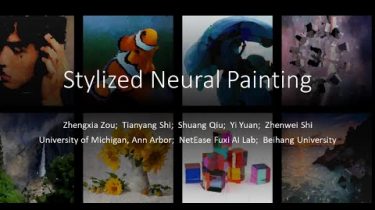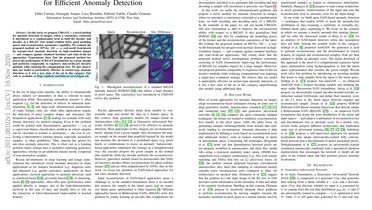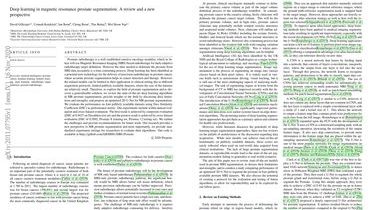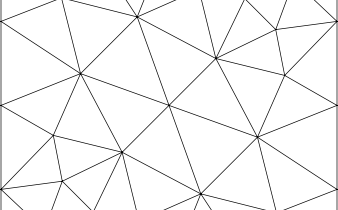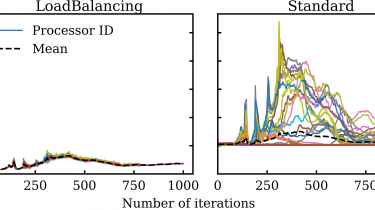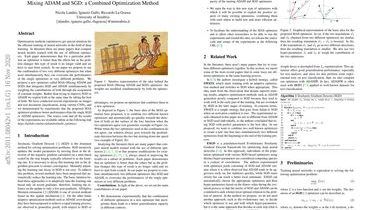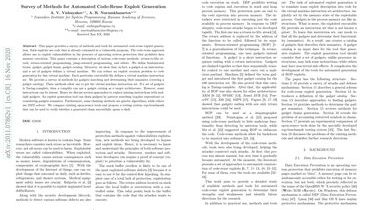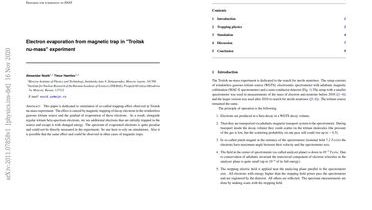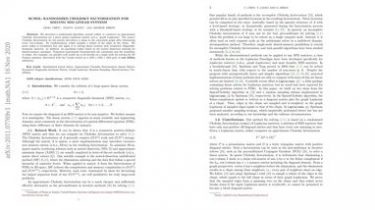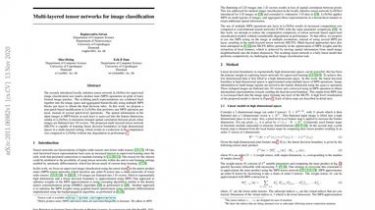Stylized Neural Painting
This paper proposes an image-to-painting translation method that generates vivid and realistic painting artworks with controllable styles. Different from previous image-to-image translation methods that formulate the translation as pixel-wise prediction, we deal with such an artistic creation process in a vectorized environment and produce a sequence of physically meaningful stroke parameters that can be further used for rendering… Since a typical vector render is not differentiable, we design a novel neural renderer which imitates the behavior of the vector renderer […]
Read more